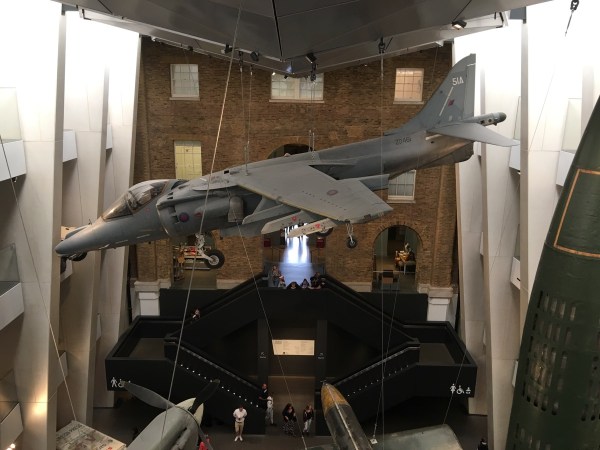The Harrier II resulted from a collaborative partnership between McDonnell Douglas and British Aerospace to produce a second-generation Harrier based on the McDonnell Douglas AV-8B.
The project that eventually led to the AV-8B’s creation started in the early 1970s as a cooperative effort between the United States and United Kingdom, aimed at addressing the operational inadequacies of the first-generation Hawker Siddeley Harrier.
Because of budgetary constraints, the UK abandoned the project in 1975. Following the UK’s withdrawal, McDonnell Douglas extensively redesigned the earlier AV-8A Harrier to create the AV-8B. While retaining the general layout of its predecessor, the aircraft incorporates a new, larger composite wing with an additional hardpoint on each side, an elevated cockpit, a redesigned fuselage and other structural and aerodynamic refinements. The aircraft is powered by an upgraded version of the Pegasus.
The UK, through British Aerospace, re-joined the improved Harrier project as a partner in 1981, giving it a significant work-share in the project.
The Harrier II was derived from the AV-8B and incorporated an advanced wing design, improved avionics and increased bomb and missile-carrying capacity.
RAF variants started as the Harrier GR5, and were later upgraded as the GR7 and GR9.
This Harrier GR9A was on display at RAF London.
Under the Joint Force Harrier organisation, both the RAF and RN operated the Harrier II under the RAF’s Air Command, including deployments on board the navy’s Invincible-class aircraft carriers.
The Harrier II participated in numerous conflicts, making significant contributions in combat theatres such as Kosovo, Iraq, and Afghanistan. The type’s main function was as a platform for air interdiction and close air support missions; the Harrier II was also used for power projection and reconnaissance duties. The Harrier II served alongside the Sea Harrier in Joint Force Harrier.
The RAF used them for attack and close air support duties in conflicts such as Kosovo, Iraq, and Afghanistan.
There is also a BAe Harrier GR9A on display at RAF Cosford.
There is a BAe Harrier GR9A at the Imperial War Museum in London.













